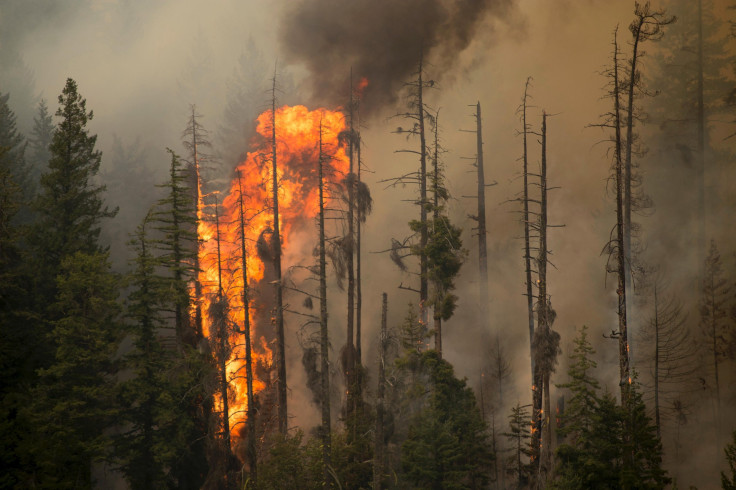Climate Change Effects: How Much Do Forest Fires, Hurricanes Cost Governments And Relief Agencies?

As hurricanes, droughts and major forest fires increase or become more severe as a result of climate change, governments and relief agencies can expect to pay escalating amounts to respond to such natural disasters.
The United Nations recently launched an emergency appeal for $120 million following the devastation brought by Hurricane Matthew, a particularly devastating tropical cyclone that experts will be followed by many more in the coming decades.
But, while the effects of climate change on hurricanes is still something of a hypothesis, a new study published Monday on forest fires — which cost millions to fight and rebuild from — found that the effects of global warming have impacted the western United States for quite some time.
"Human-caused climate change has been responsible for twice as much forest to burn in the West over the past 32 years," according to researchers at the University of Idaho and Columbia University.
“We’re no longer waiting for human-caused climate change to leave its fingerprint on wildfire across the western U.S. It’s already here” John Abatzoglou, the lead author of the study and an associate professor at the University of Idaho, told the Idaho Statesman.
The researchers noted that fire season is 70 days longer than 30 years ago because of summers are getting hotter. While firefighters do an excellent job of damage control — some 98 percent of fires are put out before things get out of hand — that 2 percent of fires can have devastating impacts. One notable example is the 188,400-acre Pioneer Fire in the Boise National Forest that continues to burn and has been named one of the top 10 most expensive wildfires in the West. It is expected to exceed a $94 million tab.
Altogether, the hotter and drier summer months have caused an extra 10.4 million acres of forest to burn up.
“Knowing that human-caused warming is responsible for approximately half of the western U.S. forest fire area in the past few decades, and understanding that this effect is becoming increasingly dominant, helps us better anticipate continued changes in forest fire activity in the coming decades,” Park Williams, a co-author of the study and a bioclimatologist at Columbia University, told the Statesman. “This knowledge will allow us to make more educated fire and land management decisions.”
According to a study in November 2015 by the United Nations Food and Agriculture Organization (FAO), natural disasters caused an estimated $1.5 trillion in damage worldwide between 2003 and 2013.
All told, climate change is expected to run a tab that is equivalent to 1.8 percent of the U.S. GDP, or just under $2 trillion a year, by 2100 according to the National Resources Defense Council, a non-profit in New York. Things could get much worse, too, with some predictions placing that tag at around 3.6 percent of the GDP in that time frame.
© Copyright IBTimes 2024. All rights reserved.





















